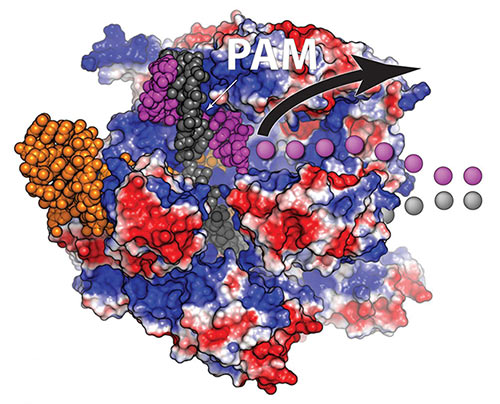
The potential of genome editing has ignited a firestorm of novel ideas for the clinical application of technology for treating genetic diseases. However, the efficiency of the CRISPR-Cas9 system can often be low with respect to replacing the newly excised DNA strand with a nascent, unmutated copy. This has led many scientists to tweak the gene editing technique in order to enhance the sequence replacement steps.
Now, researchers at the University of California, Berkeley have made a significant improvement in CRISPR-Cas9 technology that achieves an astonishing success rate of 60% when replacing one short stretch of DNA with another.
“The exciting thing about CRISPR-Cas9 is the promise of fixing genes in place in our genome, but the efficiency for that can be very low,” explained senior study author Jacob Corn, Ph.D., scientific director of the Innovative Genomics Initiative (IGI) at UC Berkeley, a group that focuses on next-generation genome editing and gene regulation for lab and clinical application. “If you think of gene editing as a word processor, we know how to cut, but we need a more efficient way to paste and glue a new piece of DNA where we make the cut.”
“In cases where you want to change very small regions of DNA, up to 30 base pairs, this technique would be extremely effective,” added Christopher Richardson, Ph.D., an IGI postdoc and lead author of the current study.
Errors in short sections of DNA, including single base-pair mutations, are standard for many genetic diseases. The IGI researchers are optimistic that their improved technique will be especially useful when trying to repair genetic mutations that cause hereditary diseases, such as sickle cell disease or severe combined immune deficiency.
The investigators designed a new approach after finding that the Cas9 protein that does the actual DNA cutting remains attached to the chromosome for up to six hours, long after it has sliced through the double-stranded DNA. The researchers looked closely at the Cas9 protein bound to the two DNA strands and discovered that while the protein hangs on to three of the cut ends, one of the ends remains free.
The findings from this study were published recently in Nature Biotechnology through an article entitled “Enhancing homology-directed genome editing by catalytically active and inactive CRISPR-Cas9 using asymmetric donor DNA.”
When the Cas9 protein cuts DNA, repair systems in the cell grab a piece of complementary DNA to repair the cut. It is at this point that researchers can add templates containing changes that alter existing sequences in the genome, thereby rectifying disease-causing mutations. The scientists surmised that bringing the substitute template directly to the site of the cut would improve the patching efficiency and constructed a piece of DNA that matches the free DNA end and carries the genetic sequence to be inserted at the other end.
“By rationally designing single-stranded DNA (ssDNA) donors of the optimal length complementary to the strand that is released first, we increase the rate of homology-directed repair (HDR) in human cells when using Cas9 or nickase variants to up to 60%,” the authors wrote.
The UC Berkeley researchers also showed that variants of the Cas9 protein that bind DNA but do not cleave can also successfully paste a new DNA sequence at the binding site, possibly by forming a “bubble” structure on the target DNA that attracts the repair template. They suggest that genetic editing through the use of Cas9 without enzymatic cleavage could be safer than typical gene editing—eliminating the danger of off-target cutting.
“Our data indicate that Cas9 breaks could be different at a molecular level from breaks generated by other targeted nucleases, such as TALENS and zinc-finger nucleases, which suggests that strategies like the ones we are using can give you more efficient repair of Cas9 breaks,” Dr. Richardson concluded.













